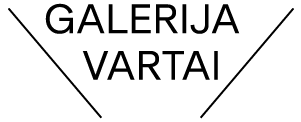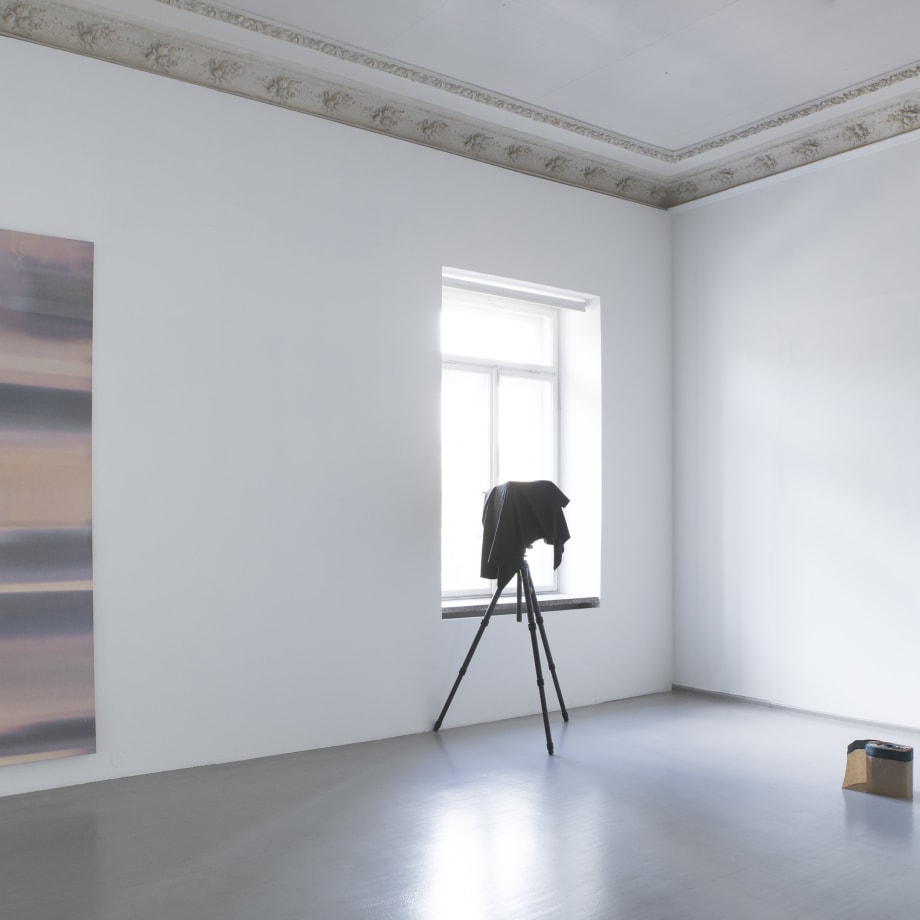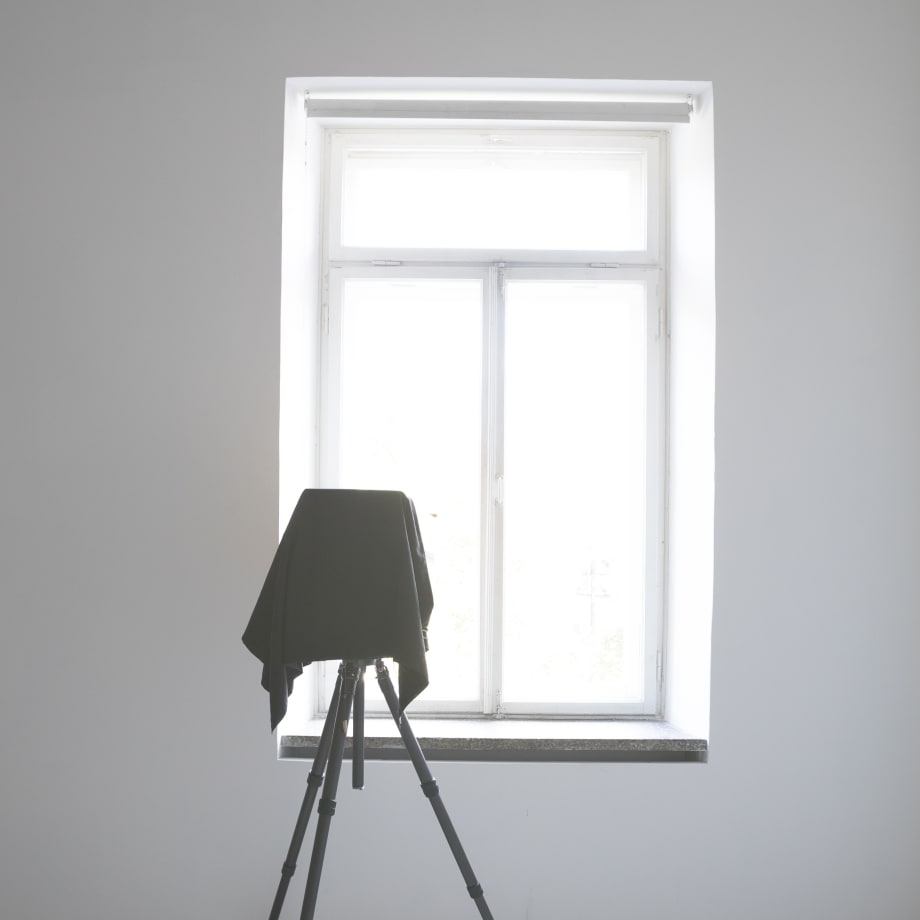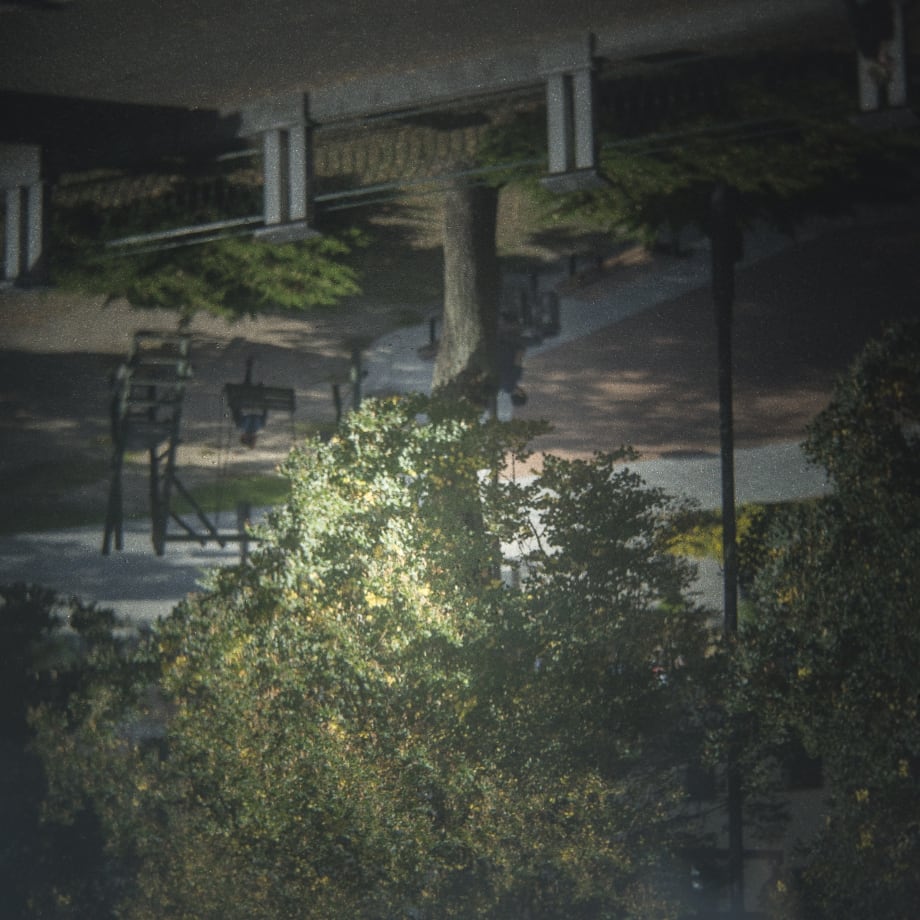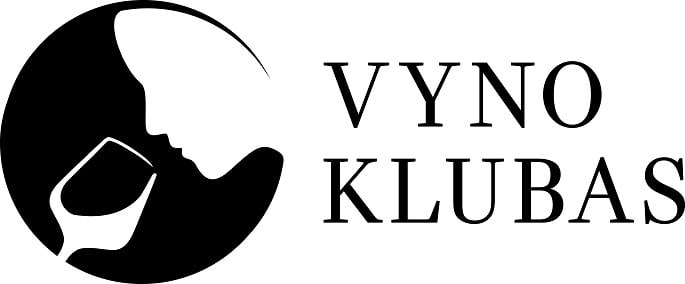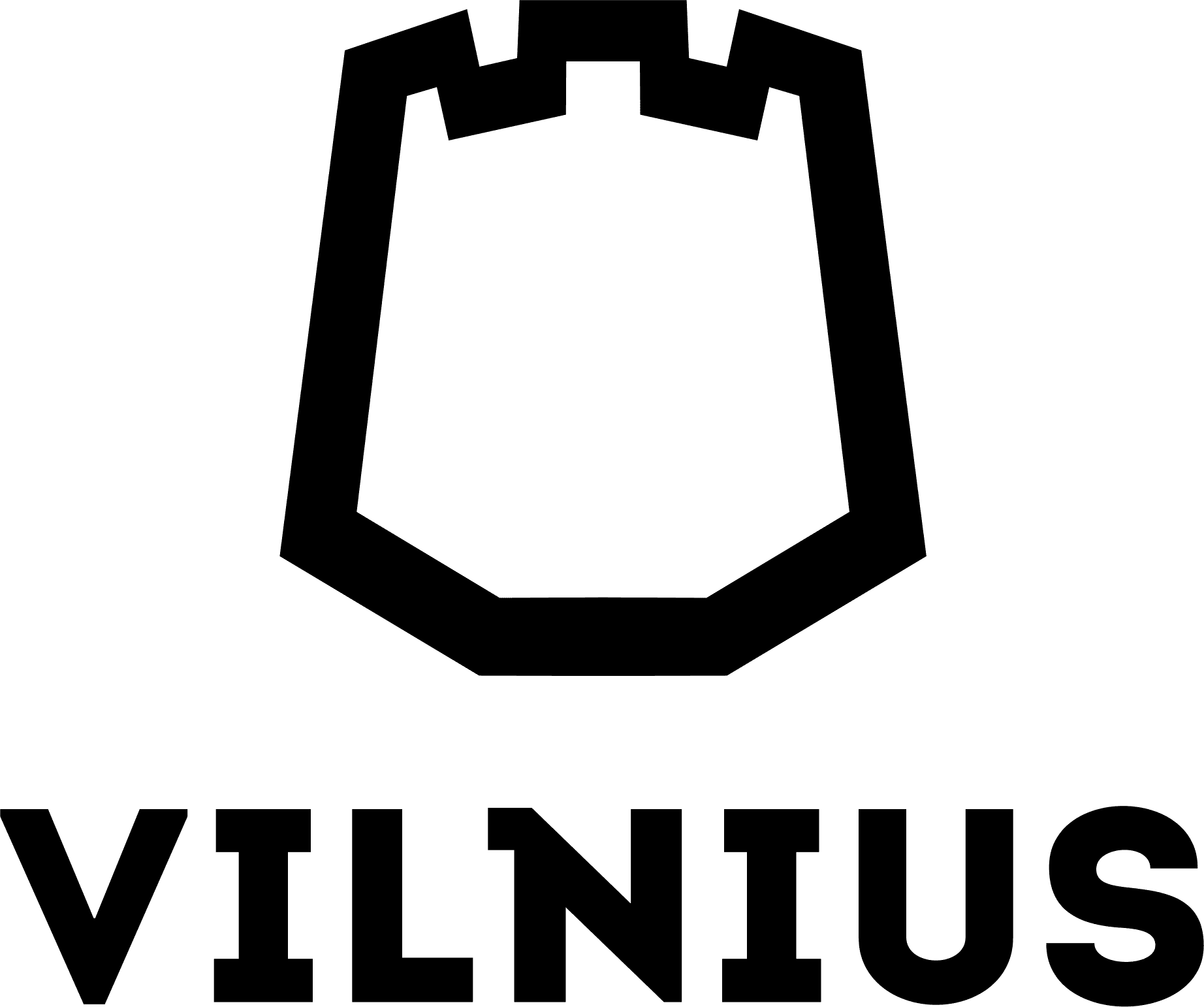Gintautas Trimakas: "Atsakymas (Answer)"
The title of the show itself suggests a certain dialogue or at least a fragment of it, yet what is important this time is not what is communicated, but how. What is most important in Trimakas’s camera-less photographs is the aesthetic aspect, which holds the artistic, temporal and spatial answers, as references to the work of John Herschel, M. K. Čiurlionis, John Cageand and other artists. Many of them hide behind numerical codes opening up in the formats, series, lighting, and colours used, or simply in the days now past.
Gintautas Trimakas (b. 1958 in Vilnius) has been actively participating in group shows and holding solo exhibitions in Lithuania and abroad since 1986. He has been a member of the Lithuanian Photographers’ Association since 1989. His works are to be found in the collections of the Lithuanian Art Museum, the Šiauliai Museum of Photography, MO Museum, the Finnish Museum of Photography, the Museum of Art in Łódź, as well as other institutional and private collections in Lithuania and beyond. In 2017 the artist was awarded the Lithuanian National Prize for Culture and Arts.
Maecenas
Živilė and Jonas Garbaravičiai
Patron
Renata and Rolandas Valiūnai
Exhibition supported by
Ministry of Culture of the Republic of Lithuania, Lithuanian Council for Culture
Gallery supported by
Vilnius City Municipality, Art Fund, Vilma Dagilienė, Romas Kinka, Lietuvos Rytas, Ekskomisarų biuras
Media sponsor
LRT
Graphic design
Jurgis Griškevičius
Answer, an exhibition by the photographic artist Gintautas Trimakas, will open at Vartai Gallery on 13 September. The title of the show itself suggests a certain dialogue or at least a fragment of it, yet what is important this time is not what is communicated, but how. What is most important in Trimakas’s camera-less photographs is the aesthetic aspect, which holds the artistic, temporal and spatial answers, as references to the work of John Herschel, M. K. Čiurlionis, John Cageand and other artists. Many of them hide behind numerical codes opening up in the formats, series, lighting, and colours used, or simply in the days now past.
With the emission of electromagnetic rays, the sheets of photographic paper absorb the photons, and their energy and the amount of movement are also transmitted to the material – to the same paper saturated with silver or other materials. Trimakas focuses on this physical process and makes it the axis around which his work revolves, and, more importantly, also reintroduces the photographic principle – light itself – to the art discourse, in a somewhat anachronistic gesture. The artist mediates photography and every time in preparing the photo paper poses as it were a conceptual question and waits to see what the answer will be. This is a process whereby physics turns into metaphysics, when light and colour are not treated as a given, and the conventions of their perception, aesthetic appreciation, and cultural history are considered.
With camera-less photographs an attempt is made not to add to the already excessive stream of photographic images. The artist essentially refrains from constructing a concrete image, narrative, or subject and concentrates instead on the abstract exploration of light and colour. To use his own words, ‘I try to collect the light for the memory of colour’. By posing a question, Trimakas gives space to his medium and material, simply letting them act, while his own intervention in the process is a matter of intuition and gut feeling rather than a question of exact knowledge. Although not present in the final result, it seems he enjoys every instant of the becoming of light and colour, reliving it anew and always differently.
In this show a reflective manoeuvre is being performed and at the same time being documented, including its time, environment, and participants. This exhibition becomes an ongoing performative process rather than a fixed collection of works. Each visitor performs a role in a performance staged by Trimakas as if in a post-modern theatre, a performance in which our movements are as performative as the exposition of the works itself. Walking through the halls, we fall into traps of light that have been set and disturb the imaginary tranquillity or, on the contrary, maintain the chaotic trajectories of the movement of light and leave behind a trace of ourselves. In this way, we get entangled in the potentially endless cycle of becoming, the works
are reflected time and again, transferred from one plane and time to another. They are the same and not the same. Still radiating light, as well as collecting it. Will they be different in two weeks’ time? Will we? Perhaps when we revisit the exhibition, we will have a chance to look at ourselves stripped of individuality, reduced to lighter or darker areas on the photographic paper.
200 blue envelopes are also to be found in the exposition. Not by accident their colour code reminds of cyanotype and John Herschel, the inventor of this process. In the beginning, the envelopes accumulated the content, they moved together with the artist, collecting their own light. Now the trajectories of the envelopes’ movement, abstract fragments of places and times is recorded in the visible blue colour and its paleness. After being carried around, they were washed, as if stopped, while in the exhibition they move again. Colour is much more than colour here. It is saturated with life, having taken on a metaphysical weight. Although the structures are clearly identical – we sleep, wake up, move, rest, – the results are always different. Likewise, a piece of paper here is regularly or irregularly altered and rotated, but the resulting content is always different. The structure is the same, comprised of the same numbers, the same time, the same physical and ideological routine, but it is not the same.
Gintautas Trimakas (b. 1958 in Vilnius) has been actively participating in group shows and holding solo exhibitions in Lithuania and abroad since 1986. He has been a member of the Lithuanian Photographers’ Association since 1989. His works are to be found in the collections of the Lithuanian Art Museum, the Šiauliai Museum of Photography, MO Museum, the Finnish Museum of Photography, the Museum of Art in Łódź, as well as other institutional and private collections in Lithuania and beyond. In 2017 the artist was awarded the Lithuanian National Prize for Culture and Arts.
